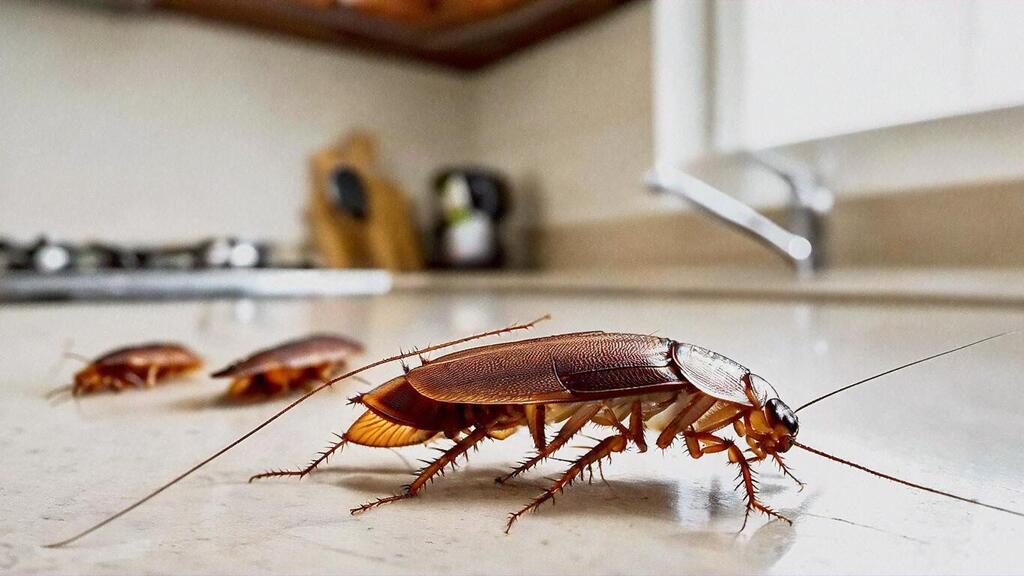Getting your Trinity Audio player ready...
Summer brings not only juicy fruits and enjoyable vacations but also draws cockroaches—commonly known as roaches or bugs—out of their hiding places. While cockroaches are distributed globally, the German cockroach (Blattella germanica) is the most prevalent species in human environments. Out of approximately 4,500 cockroach species, this one stands out as the most common in households.
Interestingly, this species has not been observed in nature outside human habitats. However, critical questions about its original habitat, how it spread globally, and why it has settled near humans have only recently begun to be explored.
Originally described in Europe around two and a half centuries ago, the German cockroach (Blattella germanica) derives its name from this region. Early records suggested that the insect spread from Europe to other parts of the world. However, recent genetic studies indicate that the German cockroach is not native to Europe but likely originated in Africa or Asia. The Asian cockroach (Blattella asahinai) is considered a potential ancestor of the German cockroach due to their nearly identical appearance. Despite their similarities, they exhibit distinct behaviors: the Asian cockroach is attracted to light, is capable of flight, and, as of this writing, is not commonly found in homes in Israel or Europe.
The Transition from India
In a recent study, researchers analyzed DNA samples from 281 German cockroaches collected in 17 countries worldwide to investigate their genetic differences and trace their origins. By comparing the German cockroach (Blattella germanica) with the Asian cockroach (Blattella asahinai), they found that these two species share a close genetic relationship, suggesting a common ancestor. This evolutionary divergence is believed to have occurred in regions of India or Myanmar (Burma) thousands of years ago. It appears that German cockroaches, which once lived near human settlements, adapted to consuming agricultural crops, leading them to infiltrate human homes.
Regarding the global spread of the German cockroach, researchers speculate that the process occurred in two waves. The first wave brought cockroaches to the Middle East around 1,200 years ago, possibly hitching rides with traders or soldiers. The second wave began roughly 270 years ago, with cockroaches migrating to Europe, most likely via cargo ships engaged in trade between Europe and Asia.
Thus, until the 18th century, both the Asian and German cockroaches were predominantly found in Asia. However, international trade in the subsequent centuries facilitated their distribution to nearly every corner of the globe. Additionally, advancements in human infrastructure, such as internal plumbing and heating systems, have created ideal environments for these pests to thrive. With homes providing consistent warmth, humidity, and access to food, German cockroaches have little incentive to leave.
Get the Ynetnews app on your smartphone:



